Broadway History: Shubert Alley
Image by Bryan Berrios
The other night after work I took a shortcut through an alleyway and passed by Bette Midler getting into a town car. Just another casual night in Shubert Alley!
Not only is Shubert Alley one of the most well known alleys in all of New York City, it's also a major landmark in the theater community. Broadway patrons and members of the theater community walk through Shubert Alley every single day on their way to work or to see a show.
Theatergoers, regardless of how big a Broadway fan they may be, are generally all familiar with the name “Shubert”. This is because it is splashed all around the Theater District. Surprisingly, as common as the name is, not many people know much about this legendary family or the history of the famous Shubert Alley.
Shubert Alley was built in 1912 to comply with New York City fire laws. The Alley also provided fire exits for the Hotel Astor, the Shubert Theatre and the Booth Theatre. Two brownstones used to sit on the location of the alley and were torn down to create it. Both the Shubert and the Booth theaters opened in 1913 and the alley was opened up to pedestrian traffic in October of that year. At the time, it was a proper gritty Manhattan alley and looked nothing like the walkway that is there today.
Image by Laurel Creative
The alley was given the name Shubert Alley because two brothers, Lee and Jacob J. Shubert, owned both the Shubert and the Booth theaters and their offices overlooked it. At the time, the Shubert brothers were the most powerful theater owners and producers on Broadway.
It is a little-known fact the alley is actually private property. When the alley was built, it was on land the Astor Estate owned. They made a wise business move and decided to rent the property to the Shubert brothers soon after the alley’s establishment. The decades-long lease began in 1912, and before it ended, the Shubert Organization bought the alley.
Because it is a private alley, it can be shut down to the public, and the Shubert Organization executives always park their cars there. It has been said they have the best parking spots in the city, as the Organizations offices are still located on top of the Shubert Theatre and across the street above Sardie's Restaurant on 44th street.
Click the arrows to see more photos of Shubert Alley. All Images by Laurel Creative.
My favorite Shubert Alley memory took place in 2009. I was 19, on Christmas break with my family, and had won front row lottery tickets for “Next to Normal." After the show, I waited by the stage door to get my Playbill signed, and when Alice Ripley walked up to me, I started crying. It is literally the only time to date I have been star struck like that. That was the night I decided that I would work on Broadway one day.
I think I love this alley so much because of what it represents. Shubert Alley is in the heart of the theater district, and in a city that is constantly morphing and rebuilding, this alley is a little piece of old New York that has faithfully remained.






Fun Facts
The alley runs between 44th street and 54th street mid block between Broadway and 8th avenue. It is 300 feet long.
In 1949 the alley widened by 15 feet.
Shubert Alley’s 50th anniversary was celebrated with a ceremony in 1962.
The Hotel Astor was closed and demolished in 1967 by Sam Minskoff & Sons.
In 1970 the City Planning Commission proposed a plan to extend the alley by 8 blocks so that it would go all the way up to 53rd street. The plan never went through.
Junior’s is a popular restaurant for theatergoers and is located on the east side of the alley. (I absolutely love their tuna melt and cheesecake.)
The small Broadway gift shop found on the west side of the alley was formerly a Booth Theatre dressing room.
Currently ownership of the alley is shared between the Shubert Organization and One Astor Plaza.
Several charitable fundraisers are held in the alley each year including Stars in the Alley, Broadway Barks, and the Broadway Cares/Equity Fights Aids Broadway Flea Market.
BCEFA 2016 Broadway Flea Market
Meeting Aaron Tveit after seeing him in Next to Normal. December 2009.





